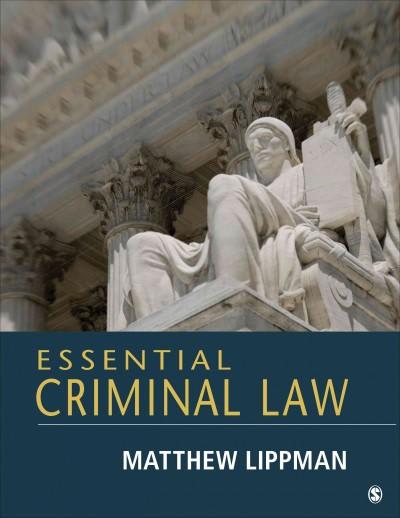Question
This is based on Tort Law UK The singular composite test in the case of Caparo , needed foreseeability for the damages and to prove
This is based on Tort Law UK
The singular composite test in the case of Caparo, needed foreseeability for the damages and to prove negligence. But in the genereal equation 1934, they needed factual causation, Duty of Care, Breach of Duty, Causation of Damage (but for test, is a yes), and in Legal Causation (remoteness/foreseeability, must be a no) to prove negligence.
Why in the general equation (under legal causation) there's no need foreseeability, but in the case of Caparo they needed foreseeability to prove negligence? Explain why in a detailed manner.
*If there are references on where the answer is taken from, please attach the link below
Step by Step Solution
There are 3 Steps involved in it
Step: 1

Get Instant Access to Expert-Tailored Solutions
See step-by-step solutions with expert insights and AI powered tools for academic success
Step: 2

Step: 3

Ace Your Homework with AI
Get the answers you need in no time with our AI-driven, step-by-step assistance
Get Started


